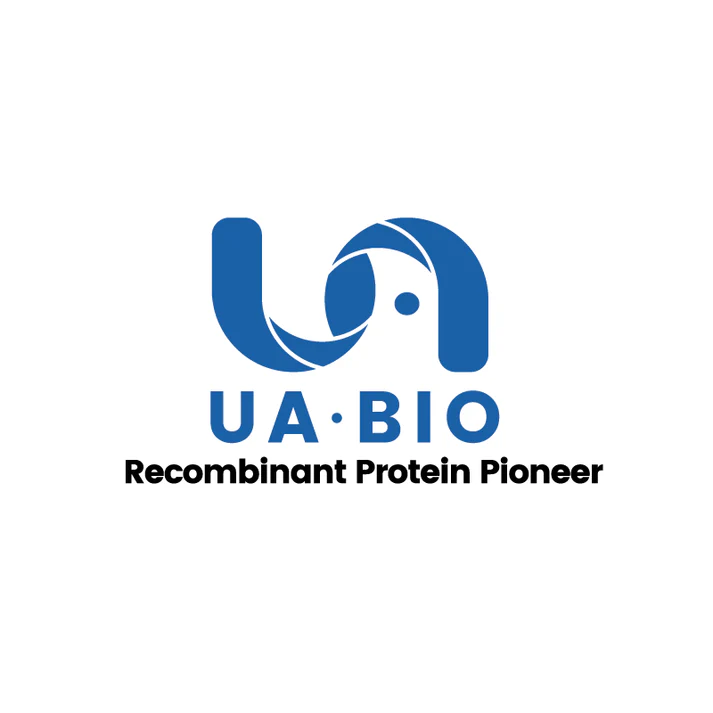Product Details
Product Details
Product Specification
| Species | Mouse |
| Synonyms | CD254 antigen; CD254; ODF; OPGL; OPGLOPTB2; Osteoclast differentiation factor; RANK L; RANKL |
| Accession | O35235 |
| Amino Acid Sequence |
Pro143-Asp316
|
| Expression System | E.coli |
| Molecular Weight |
19.4 kDa
|
| Purity | >96% by SDS-PAGE or HPLC. |
| Endotoxin | <0.01EU/μg |
| Conjugation | Unconjugated |
| Tag | No Tag |
| Physical Appearance | Lyophilized Powder |
| Storage Buffer | 20 mMPB, with 300 mM NaCl, pH 7.4. |
| Reconstitution |
Before use this product, please read the direction below carefully. This vial must be briefly centrifuged prior to opening to bring the contents to the bottom. Reconstitute in a sterile distilled water or aqueous buffer containing 0.1% BSA to a concentration of 0.1-1.0 mg/ml. Stock solutions should be apportioned into working aliquots and stored at ≤ -20℃. Further dilutions should be made in appropriate buffered solutions. |
| Stability & Storage |
·12 months from date of receipt, lyophilized powder stored at -20 to -80℃. |
Background
RANKL and RANK are members of the TNF superfamily of ligands and receptors that play an important role in the regulation of specific immunity and bone turnover. RANK (receptor) was originally identified as a dendritic cell-membrane protein, which, by interacting with RANKL, augments the ability of dendritic cells. These dendritic cells then stimulate na ve T-cell proliferation in a mixed lymphocyte reaction, promote the survival of RANK+ T-cells, and regulate T-cell-dependent immune response. RANKL, which is expressed in a variety of cells, including osteoblasts, fibroblasts, activated T-cells and bone marrow stromal cells, is also capable of interacting with a decoy receptor called OPG. Binding of soluble OPG to sRANKL inhibits osteoclastogenesis by interrupting the signaling between stromal cells and osteoclastic progenitor cells, thereby leading to excess accumulation of bone and cartilage. Recombinant Murine sRANKL is a 19.4kDa polypeptide comprising the TNF-homologous region of RANKL.


